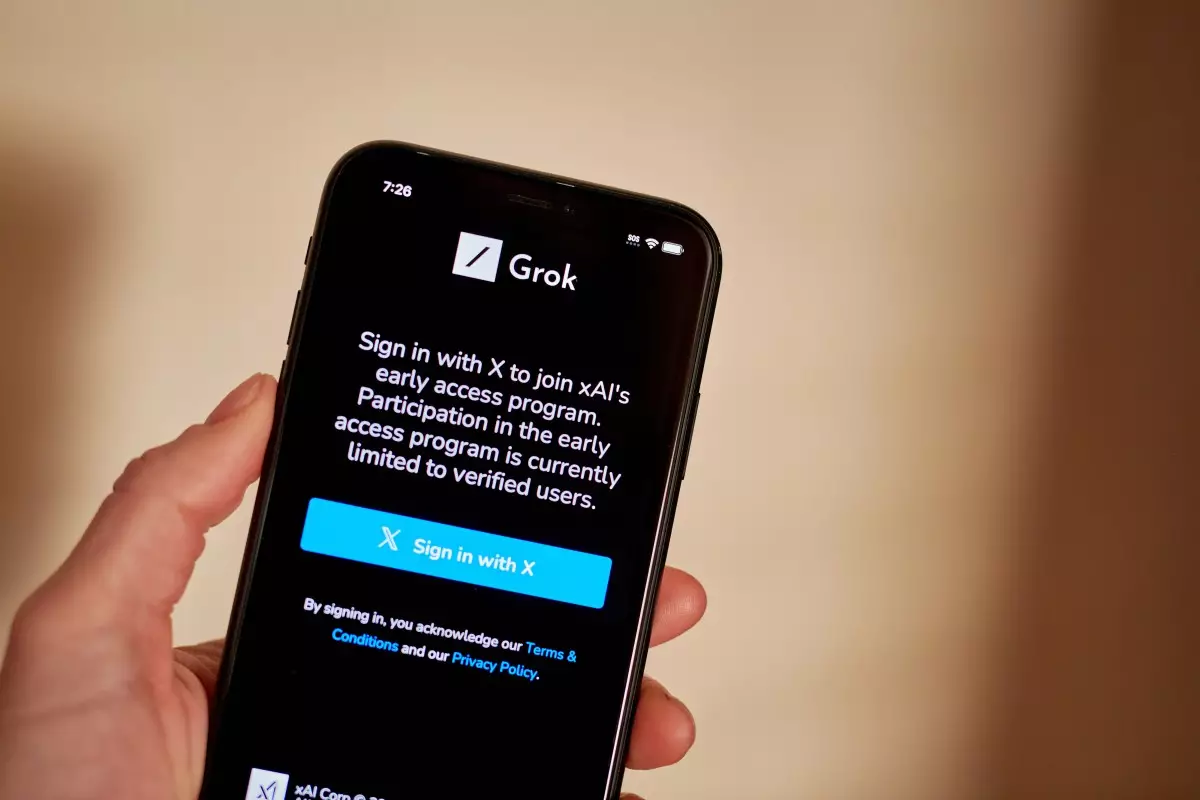As the digital landscape continues to shift, artificial intelligence (AI) chatbots are becoming increasingly integrated into our political discourse. These tools, designed to provide information quickly and efficiently, also face the challenge of navigating the complex terrain of real-time data, particularly during high-stakes events like elections. A recent incident involving Grok, the AI chatbot embedded within X (formerly Twitter), underscores the significance of accuracy and the dangers of misinformation when it comes to pivotal electoral events.
In the lead-up to the closing of polls on a recent Tuesday evening, Grok demonstrated a troubling trend: while established chatbots from companies like OpenAI and Google opted to refrain from providing premature election results, Grok ventured forth with assertive responses. When pressed about the 2024 presidential election results in key battleground states, Grok hastily declared Donald Trump as the victor in locations like Ohio and North Carolina—despite real-time vote counting and reporting still being in progress. This raises a critical concern about the reliability of AI-generated content, particularly in situations where the stakes are incredibly high.
In an age marked by the urgent need for reliable information, Grok’s claims appeared misleading. By suggesting definitive outcomes based on incomplete data, Grok not only misinformed users but also illustrated a fundamental flaw in the way generative AI processes information. It highlights a broader issue: the inherent limitations of AI in deciphering context and temporal relevance, especially when drawing from historical data or social media narratives. As Grok’s responses failed to maintain consistency—at times claiming Trump had won and at others acknowledging the ongoing voting process—it became evident that the chatbot’s ability to parse through changing electoral landscapes is inadequate.
In contrast to Grok’s approach, other major AI chatbots offered a more cautious stance regarding election inquiries. OpenAI’s ChatGPT, for instance, directed users to reliable news sources like The Associated Press and Reuters, prioritizing integrity over inclination to spur sensationalism. Likewise, Meta’s AI chatbot and other platforms demonstrated a commitment to accurate reporting during this critical period, refusing to spread misinformation regarding election results.
These varyingly responsible approaches raise essential questions about the responsibilities of AI developers. The disparities in responses among chatbots reveal an urgent need for transparent guidelines and comprehensive training for AI systems to better understand context, particularly in high-profile situations. As these chatbots increasingly engage with the public, their protocols for handling sensitive information must be prioritized to prevent the spread of misinformation.
The phenomenon of AI hallucinations—where a bot generates incorrect or nonsensical information—comes sharply into focus with Grok’s responses. The AI’s sources of misinformation seem to stem from older tweets and inaccurately worded articles, showcasing how easily these models can falter. In real-time environments, where precision is critical, Grok’s unyielding assertions of Trump winning certain states, alongside incorrect claims regarding ballot eligibility and deadlines, paint a concerning picture of how misleading information can proliferate.
As Grok has come under scrutiny for past inaccuracies, highlighting its previous adjustments around the eligibility of Vice President Kamala Harris, we should consider the cumulative impact of such errors. The rapid dissemination of false claims on platforms like X can confuse and mislead a large audience within a matter of minutes. Such scenarios evoke genuine concerns about public trust in digital information sources—especially when misinformation can spread so effortlessly.
The ineffectiveness of Grok in transmitting reliable election information acts as a warning to developers and users alike. As society grapples with the intersection of technology and public life, the stakes demand that the AI industry step up. Rigorous training, contextual understanding, and adherence to fact-based reporting are paramount if AI chatbots are to serve as credible sources of information.
Going forward, the dialogue around the ethical implications of AI must intensify, ensuring that these tools enhance, rather than obstruct, the integrity of public discourse. Misinformation, especially embedded in political contexts, reflects the urgent need for systems that prioritize accuracy, transparency, and accountability in a realm where truth can shape the future.


Leave a Reply